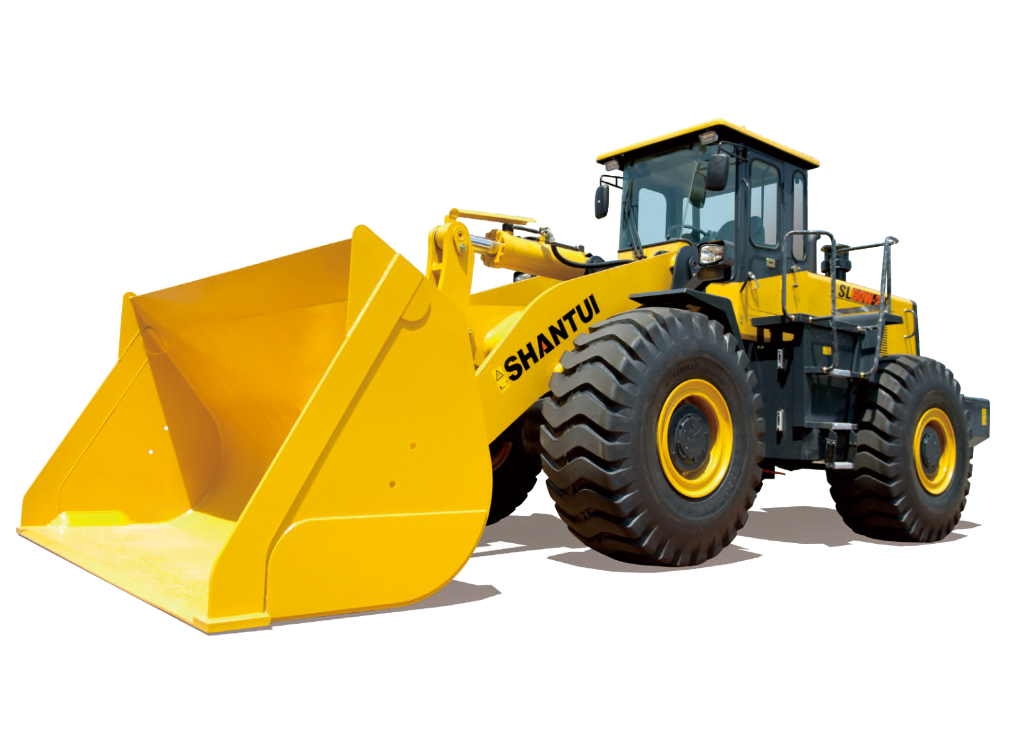Introduction
Why is it Called a Bulldozer?Bulldozers, those powerful machines used in various industries like construction, mining, and agriculture, have become an integral part of modern development and infrastructure projects. These heavy-duty vehicles are known for their impressive capabilities in moving large quantities of earth and materials efficiently. But have you ever wondered why they are called “bulldozers”?
The Origin of the Bulldozer Name

Early Mechanized Earth Moving
To understand the origin of the term “bulldozer,” we need to look back to the late 19th and early 20th centuries when the concept of mechanized earth moving was taking shape. During this period, the need for efficient methods of excavation and earth removal became evident as the world witnessed rapid industrialization and urbanization.
Holt Manufacturing Company
One of the pioneers in developing early earth-moving machinery was Benjamin Holt, founder of the Holt Manufacturing Company (now Caterpillar Inc.). In the early 1900s, Holt’s company designed and produced tractors that were used for plowing and agriculture. These tractors soon found their way into construction projects due to their sturdy build and capabilities.
Transition to “Bulldozer”
As these tractors were employed on construction sites, they were often fitted with large, heavy metal blades at the front. These blades were used to push and move soil and debris out of the way, much like how bulls push with their horns. This action of pushing and moving earth gave rise to the term “bulldozer.”
The Bulldozer’s Evolution
Over the decades, bulldozers underwent significant transformations and improvements, becoming more powerful and versatile.
Early Designs and Uses
Initially, bulldozers were simple machines with basic features. They were primarily used for small-scale projects and agricultural tasks. However, their potential in the construction industry was quickly recognized, leading to further development and enhancements.
Advancements in Technology
As technology advanced, so did bulldozer design. Hydraulic systems were incorporated, allowing for greater control and precision in moving materials. The introduction of tracks instead of wheels improved maneuverability and traction on various terrains, making bulldozers suitable for different industries.
How Bulldozers Work
Basic Components
Bulldozers consist of several essential components that enable their earth-moving capabilities. The primary parts include the blade, tracks, ripper, engine, and cabin.
Operating Principles
The blade is the most crucial element of a bulldozer. It is mounted at the front and can be raised, lowered, and angled to push or remove materials. The tracks provide stability and distribution of weight, ensuring the bulldozer’s ability to operate on rough and uneven terrain.
Why is it Called a Bulldozer?Why is it Called a Bulldozer?
The term “Bulldozer” originated from its resemblance to the strength and determination of a bull pushing with its horns. In the early 20th century, when mechanized earth-moving equipment was being developed, Benjamin Holt’s Holt Manufacturing Company created tractors with large, heavy blades at the front. These blades were used to push and move earth and materials efficiently on construction sites. Observers likened the forceful action of the machine to that of a bull, thus coining the term “Bulldozer.” Over time, the name became synonymous with these powerful machines, which have since become essential in various industries for their impressive earth-moving capabilities. Today, bulldozers continue to play a vital role in construction, mining, agriculture, and other sectors, living up to their name as robust and unwavering machines.The term “Bulldozer” originated from its resemblance to the strength and determination of a bull pushing with its horns. In the early 20th century, when mechanized earth-moving equipment was being developed, Benjamin Holt’s Holt Manufacturing Company created tractors with large, heavy blades at the front. These blades were used to push and move earth and materials efficiently on construction sites. Observers likened the forceful action of the machine to that of a bull, thus coining the term “Bulldozer.” Over time, the name became synonymous with these powerful machines, which have since become essential in various industries for their impressive earth-moving capabilities. Today, bulldozers continue to play a vital role in construction, mining, agriculture, and other sectors, living up to their name as robust and unwavering machines.
Bulldozers in Construction
Land Clearing and Grading
In the construction industry, bulldozers play a vital role in land clearing and grading. They can remove obstacles, debris, and vegetation to prepare sites for building construction.
Building Roads and Infrastructure
Bulldozers are instrumental in constructing roads and infrastructure projects. They can level the ground and create a stable foundation for the roadbed.
Bulldozers in Mining
Strip Mining
In the mining sector, bulldozers are used for strip mining, which involves the removal of large quantities of soil and rock to expose valuable minerals underneath.
Open-Pit Mining
Open-pit mining also relies on bulldozers to remove overburden material, facilitating access to valuable minerals or resources.
Bulldozers in Agriculture
Preparing Land for Farming
In agriculture, bulldozers are utilized to clear and prepare land for cultivation, making it arable and productive.
Irrigation Projects
Bulldozers assist in creating irrigation channels and reservoirs, enhancing water management in agricultural areas.
Iconic Bulldozers in Pop Culture
Movies and TV Shows
Bulldozers have made appearances in numerous movies and TV shows, often symbolizing power and force.
Bulldozers in Art and Literature
They have also inspired artists and writers, becoming iconic symbols in various forms of creative expression.
Modern Innovations in Bulldozer Technology

GPS Integration
The integration of GPS technology has significantly improved the accuracy and efficiency of bulldozer operations.
Autonomous Bulldozers
The development of autonomous bulldozers is revolutionizing the industry, increasing safety and productivity.
Environmental Impact of Bulldozers
Erosion and Soil Compaction
Bulldozers can cause soil erosion and compaction, leading to environmental concerns.
Mitigation Measures
Implementing proper land management practices and technologies can mitigate the environmental impact of bulldozers.
The Future of Bulldozers
Sustainable Practices
The future of bulldozers lies in adopting sustainable practices, such as fuel efficiency and eco-friendly materials.
Advancements in Design
Continued research and innovation will lead to even more efficient and environmentally conscious bulldozer designs.
Conclusion
The term “bulldozer” has a rich history dating back to the early 20th century when these powerful machines were first developed for earth-moving purposes. Over the years, they have evolved and become indispensable in various industries, contributing to the progress of modern society. As technology advances and environmental consciousness grows, bulldozers will continue to adapt and play a crucial role in shaping our world.
FAQs
- Are bulldozers only used in construction?
No, bulldozers have versatile applications, including mining, agriculture, and even pop culture. - What is the most significant advantage of using bulldozers in construction?
Bulldozers’ ability to clear land quickly and efficiently makes them valuable in the construction industry. - How do bulldozers help with environmental conservation?
By implementing sustainable practices and advanced technologies, bulldozers can minimize their environmental impact. - Can bulldozers operate in extreme weather conditions?
Yes, bulldozers are designed to function in various weather conditions, including extreme cold or heat. - What is the average lifespan of a bulldozer?
The lifespan of a bulldozer can vary based on usage and maintenance, but a well-maintained bulldozer can last for decades.

